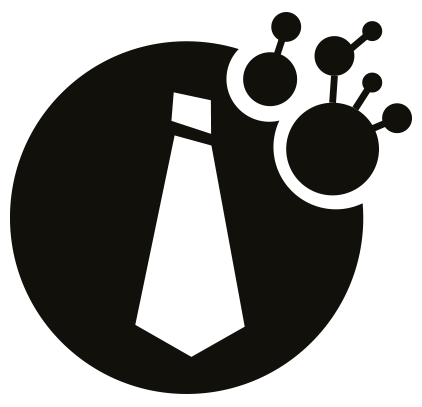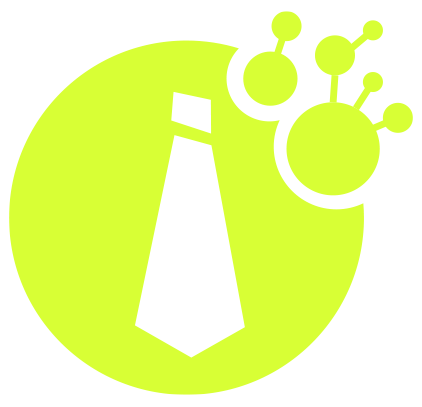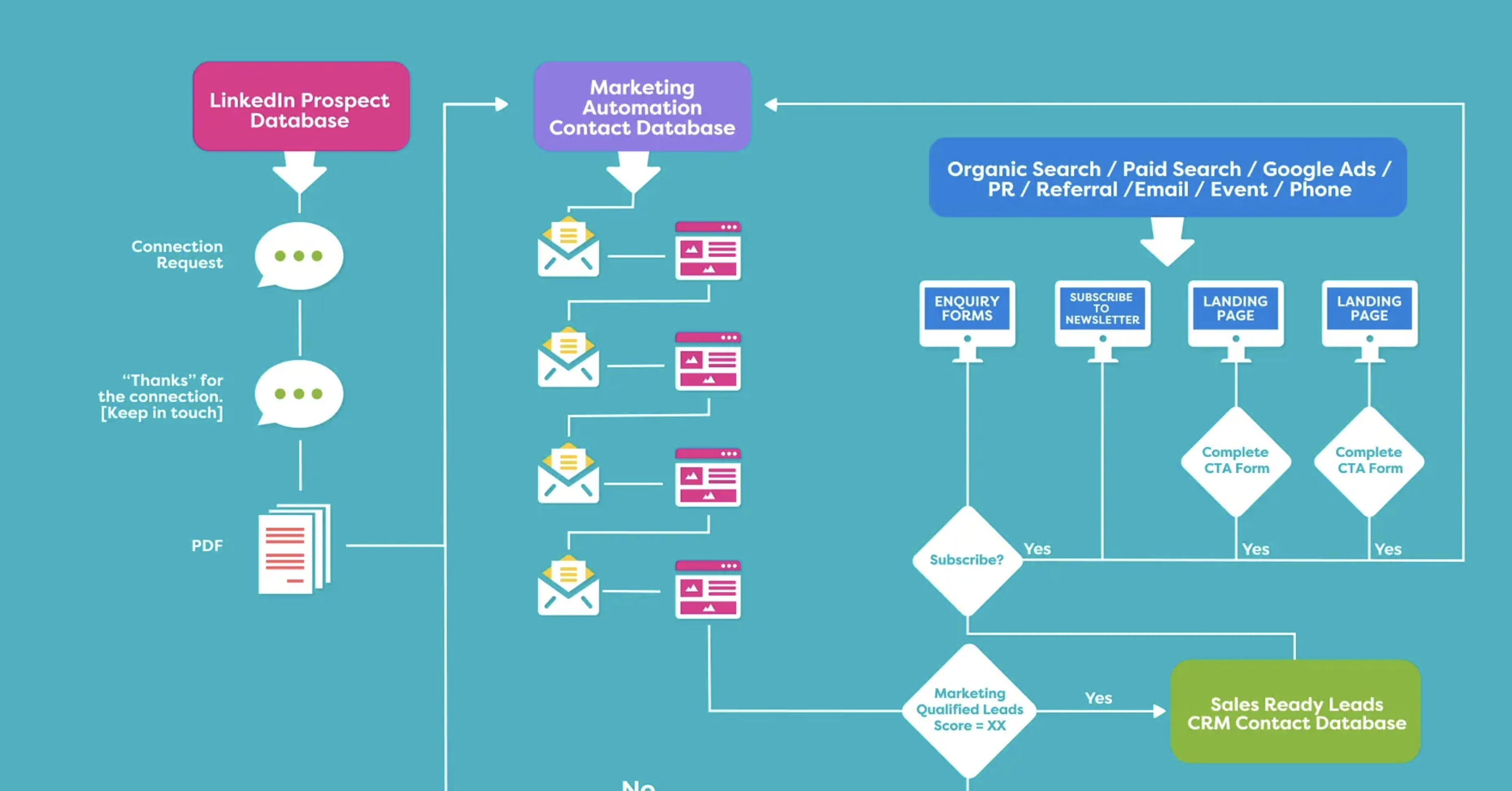Doing more with less has become a corporate mantra. Its rippling effects are felt at all levels of an organisation; however, most companies simply aren’t taking full advantage of what marketing digitisation has to offer.
The Lead Process is a fantastically tuned marketing ecosystem; a hive of activity, with each section feeding into another, all with one marketing objective in mind; to build your contact list, and then nurture those contacts up to the point that they are deemed “Sales Ready”.
So how does it all work?
A visitor lands on your website, likes what they see and makes their enquiry. This enquiry information goes directly through to the sales team, and also into your marketing automation database.
Or, they may land on your website but are not quite ready just yet to make a formal enquiry; however, they’re happy to leave their details in exchange for a newsletter subscription, or to download something of interest, such as a guide or a product brochure. These details are also sent to the marketing automation contact database.
On the right of the Lead Process we have the LinkedIn activity. LinkedIn is a fantastic way to find and develop new relationships in a business-to-business environment. If you want to learn more about using LinkedIn to generate new leads, then I recommend taking a look at that video.
LinkedIn Lead Generation is a process of identifying your ideal target customer on LinkedIn, demonstrating to them that you know all about the problems they face, and then giving them confidence that you would be a great contact to have in their network – to potentially provide a solution to those problems. Once a contact is in your network, you gain access to additional channels of communication with them, including email.
Both the LinkedIn and website activity are classified as Lead Generation activities. With these in place, the next step is to begin the process of Lead Nurturing to all contacts in the marketing automation contact database.
Lead nurturing and lead generation are continuous processes that never stop. This is the fuel that drives your revenue engine and is regularly topped up with contact information sent from the website, LinkedIn, and manually uploaded from offline sources, such as trade shows, networking events and telephone calls.
As soon as a contact is entered into the database, an automated series of relevant and personalised emails are sent-out over a period of time. This is the process of Lead Nurturing.
Each interaction; each open; each click is monitored, providing valuable user-engagement information that can be used to score each contact.
Lead scoring is a bit like collecting brownie points on your contacts. It’s a way of ranking the interest level and sales readiness by automatically assigning points to your leads. Monitoring this digital body language reveals a lot about each contact, and to what extent they’re interested in your products and services.
Leads who reach a minimum number of points – as determined between the sales and marketing teams – are deemed “Sales Ready” and automatically sent to the sales department for priority follow-up.
Contacts who don’t quite reach the required level are fed back into the database and continue to receive communications.
So there you have it! A best practice insight into how a Lead Process not only frees up valuable selling time, but allows sales & marketing teams to efficiently nurture relationships with prospective customers in an automated way: a crucial part of growing a successful business.


